
Microblog The Nutrition Facts of Pacific Oysters Nutrition with Judy
2. Loosen the oyster from the shell. Westend61/getty images. First, use an oyster fork or another small utensil to gently lift the oyster from the shell, being careful not to spill any of the.

oystersinfo 2 Oysters, Seafood benefits, Food health benefits
Oysters have an incredible ability to actually 'clean' areas of water. They feed by filtering water over their gills, and some specifics filter up to 50 gallons of water a day. This time-lapse is a great example of their filtering abilities. Oyster diet determines their flavor, growth rates, seasonality, shell strength and even their color.

Oysters Nutritional Value Blog Dandk
Oysters eat zooplankton, algae, and other organic matter. Oysters eat algae, phytoplankton, and zooplankton. These omnivores consume plants and animals, though they do so in very small amounts. Oysters are unlike most creatures that live in the sea. They lack the means to hunt for food and they do not move much.
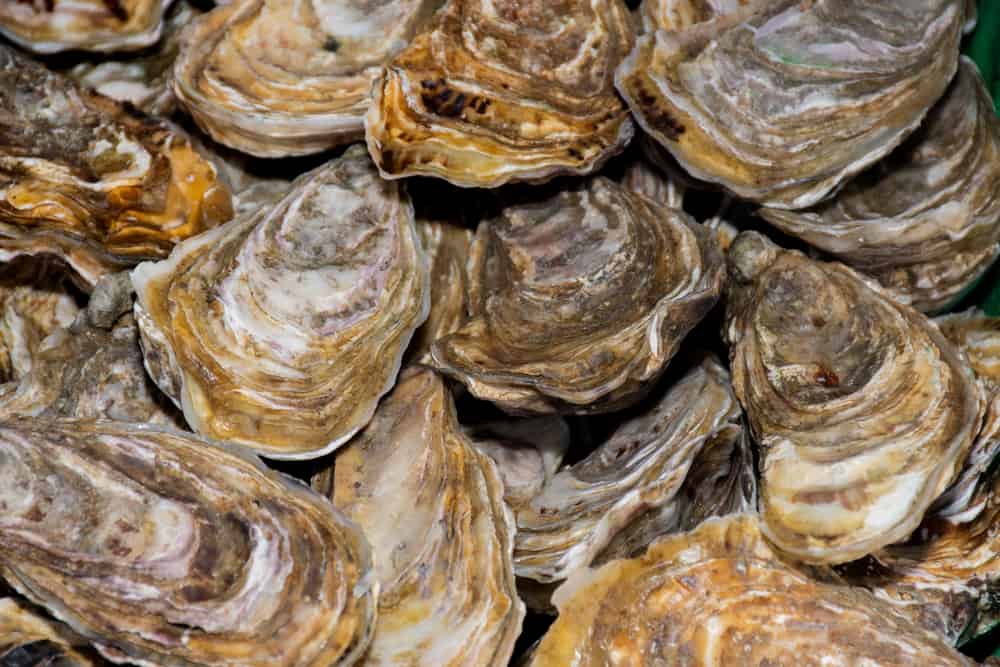
What Do Oysters Eat? (Diet & Facts)
Crabs. Seafood Combination. Exotic Seafood. Shellfish. Fish. Wholesale. Blog. Oysters are familiar seafood to many people, but very few know about oyster facts. So, what interesting facts do oysters have?
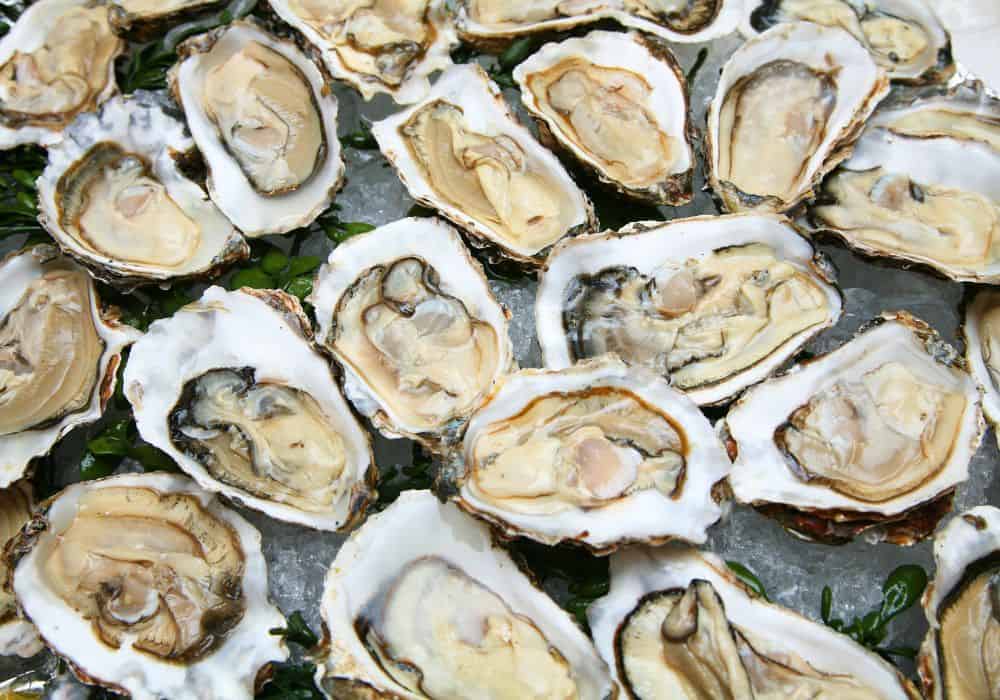
What Do Oysters Eat? (Diet & Facts)
boiling them for 3 minutes or longer. frying them in oil at 375°F (190°C) for at least 3 minutes. broiling them 3 inches from heat for 3 minutes. baking them at 450°F (230°C) for 10 minutes.

A Guide To Understanding Oysters 1920 Tavern
Oysters feed by pumping water through their gills and in the process capture algae and other particles, sort of like a strainer. So by cleaning the water, oysters help maintain the balance of their ecosystems. Oysters change gender. Most start out male, but some change to female after they spawn once or twice.

How To Eat An Oyster A Beginner’s Guide
Oysters are a rich source of vitamin D, copper, zinc, and manganese. These micronutrients, in combination with calcium, are thought to be key to slowing or even preventing bone loss in older women.

Great Reasons To Eat Oysters Education Works Like Magic
Random Fun Facts About Oysters. Oysters spawn by releasing millions of eggs and sperm into the water. The world oyster-eating record is 233 oysters in 3 minutes. Oysters harvested during a red tide can be toxic to humans. Napoleon Bonaparte was known to eat oysters before going into battle.
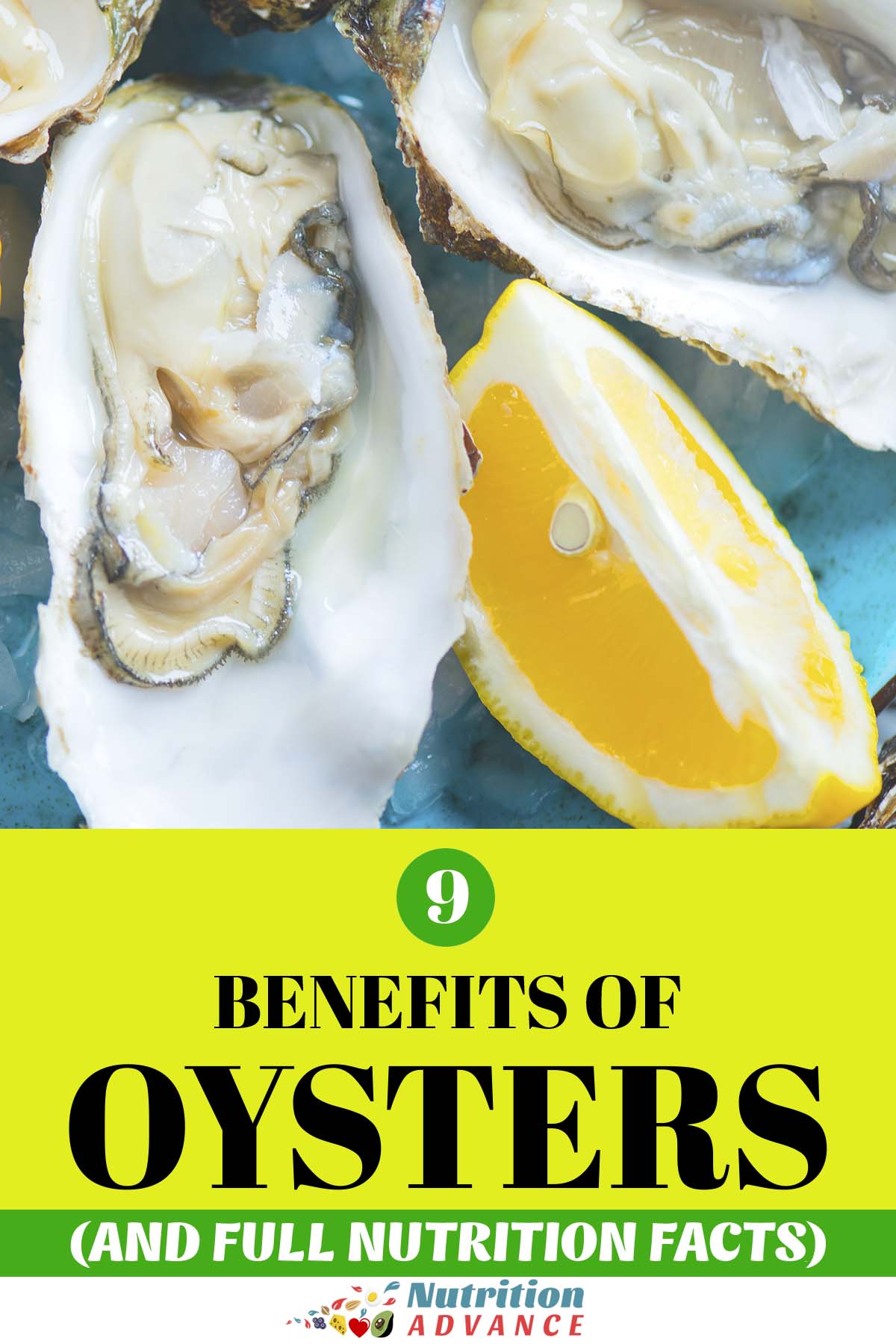
9 Health Benefits of Oysters (and Full Nutrition Facts)
Oysters are large, flat shellfish. People can eat some types of these sea creatures, either cooked or uncooked, with many considering them a delicacy.
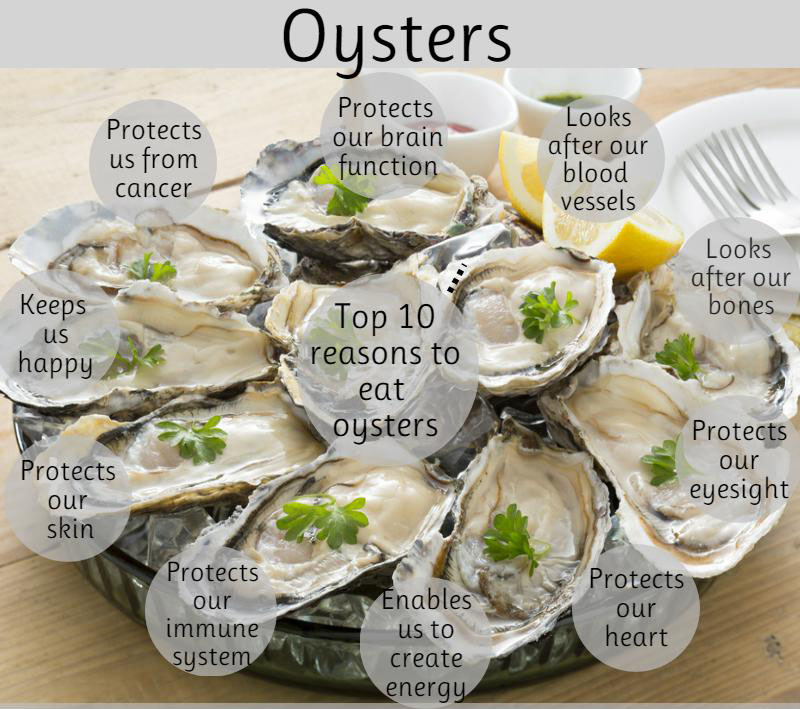
Oysters Nutritional Benefits Besto Blog
With such a large amount of B12, vitamin D, selenium, copper and zinc, including oysters in our diet can offer numerous benefits. Oysters have an excellent nutrition profile and numerous benefits. However, there are some concerns to be aware of too. Here is a full guide.
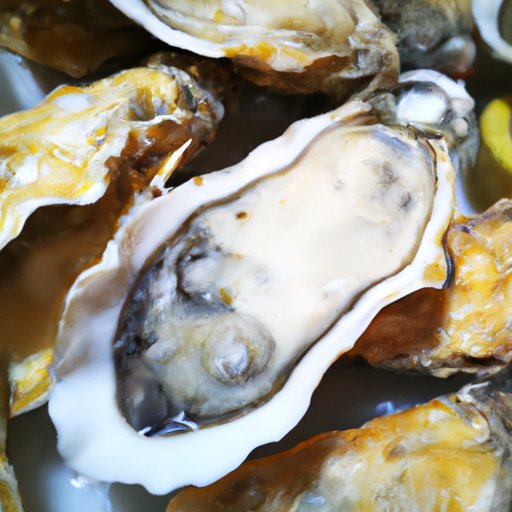
What Do Oysters Eat? A Comprehensive Guide to the Diet of Oysters The Enlightened Mindset
Oysters grown on the seafloor are most in danger from crabs. Using their claws, lobsters crush oysters to eat the meat inside. The lobsters locate the oysters by using their antennae to sense chemicals in the water. Oyster flatworms target oyster spat, consuming the meat of juvenile oysters as they pump their gills to feed.

Oysters One of the Most NutrientDense Foods in the World in 2020 Most nutritious foods, Most
What do oysters eat? Oysters eat phytoplankton or small bits of algae suspended in the water. They are filter feeders, which means that they obtain their food by filtering water in and over their gills. Sometimes they're referred to as bottom feeders, but don't mistake them as detritivores.Whatever they can't eat or digest, they expel as feces and pseudofeces.
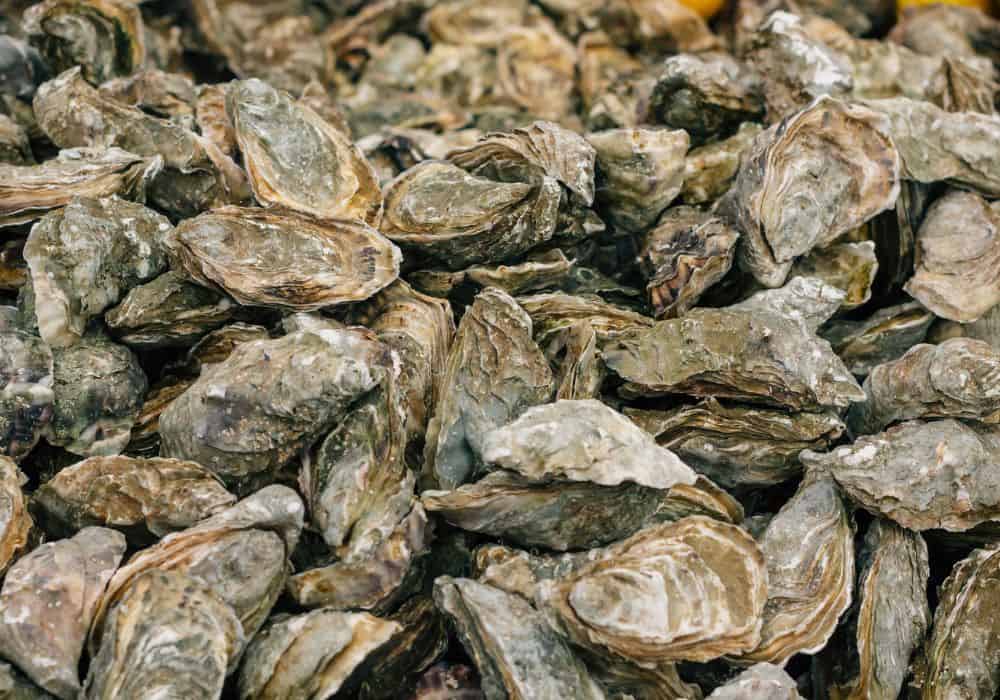
What Do Oysters Eat? (Diet & Facts)
Shells. Oyster shells are usually oval or pear-shaped, but will vary widely in form depending on what they attach to. They are generally whitish-gray in outer shell color, and their inside shell.

What Do Oysters Eat? (Diet & Facts)
Oysters typically eat algae, bacteria, and other small organisms. These small organisms are known as "plankton.". Plankton is an important part of the marine food chain and provides a vital source of food for many different types of marine life. In the wild, oysters will often attach themselves to rocks or other hard surfaces.
/oysters-561238915-582c79c93df78c6f6a230c82.jpg)
Oyster Nutrition Facts Calories, Carbs, and Health Benefits
While oysters are filter feeders themselves, many species of filter feeders, including sea nettles and anemones eat oyster larvae. The most interesting example is probably the boring sponge. It lives inside the oyster itself, secreting chemical compounds that slowly dissolve the shell of the oyster. Eventually, the boring sponge penetrates the.
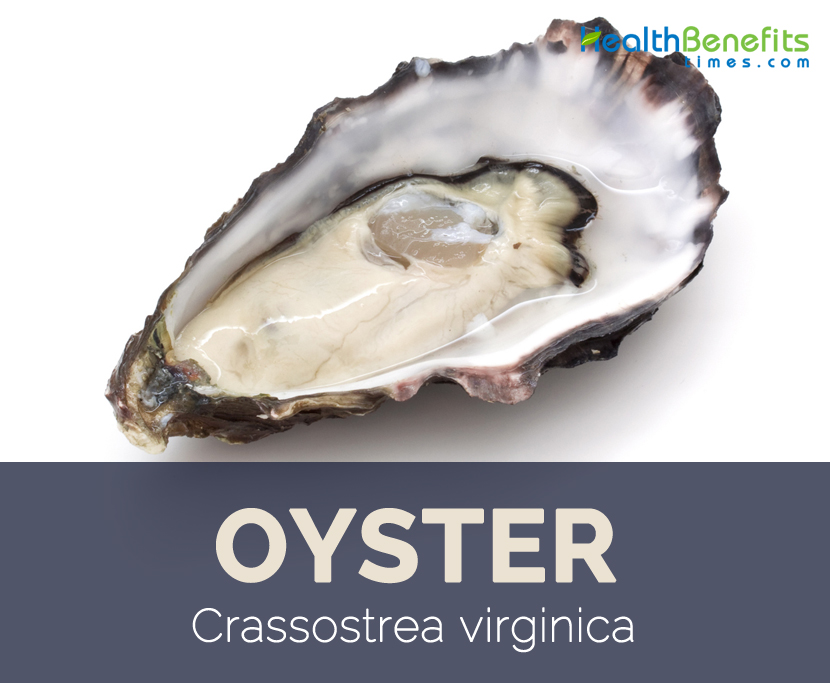
Oyster facts and health benefits
What is that green stuff in my oyster? The truth: If you come across an oyster with green-tinted gills, like the ones as shown above, consider yourself lucky.The greenish color comes from a particular type of blue diatom that the oysters are eating. It's not harmful to eat an oyster like this, and in fact, its flavor is highly sought after.